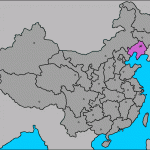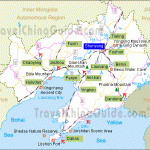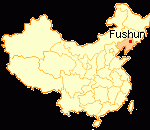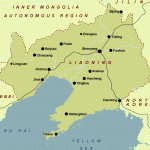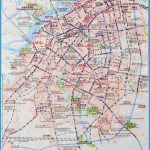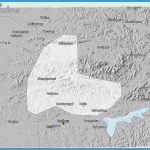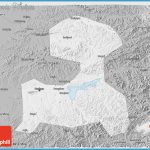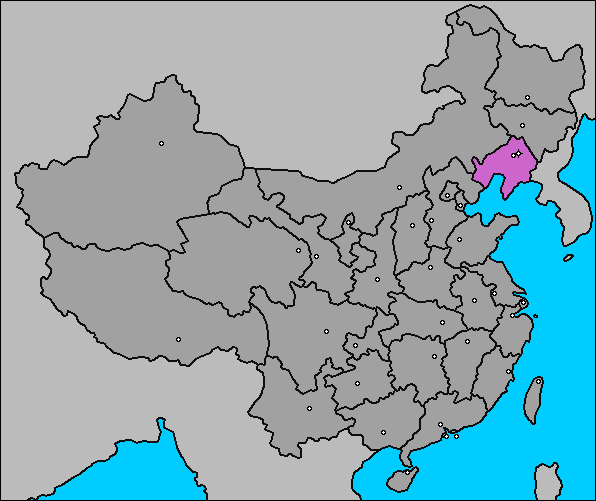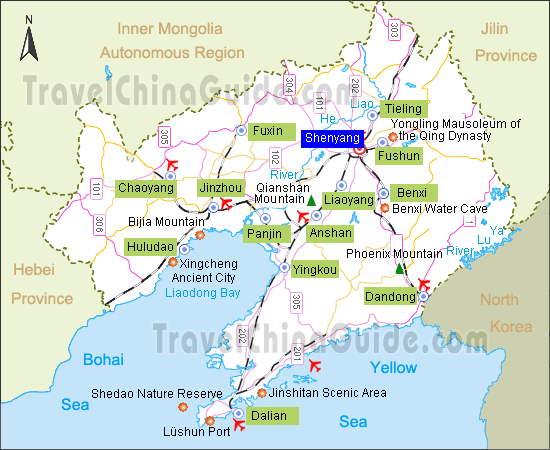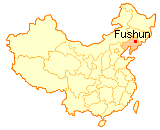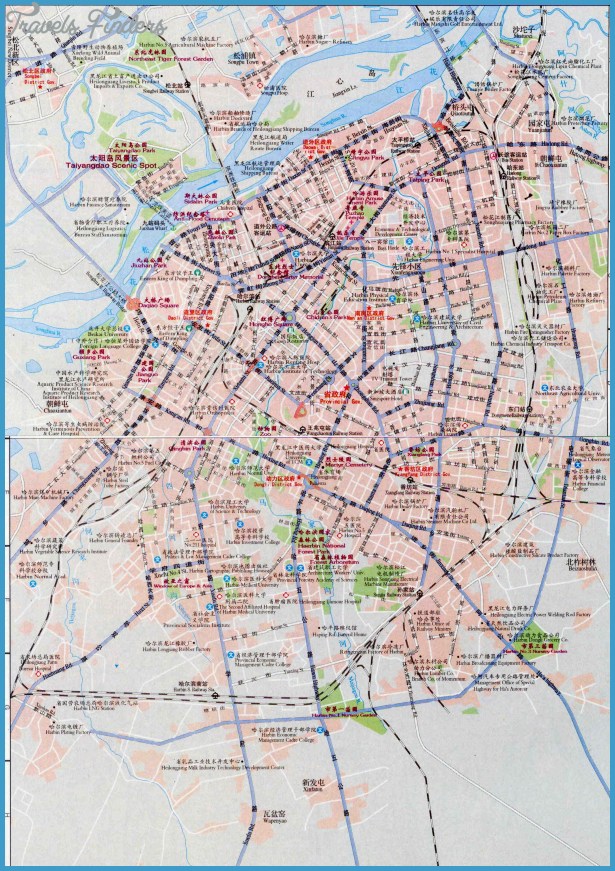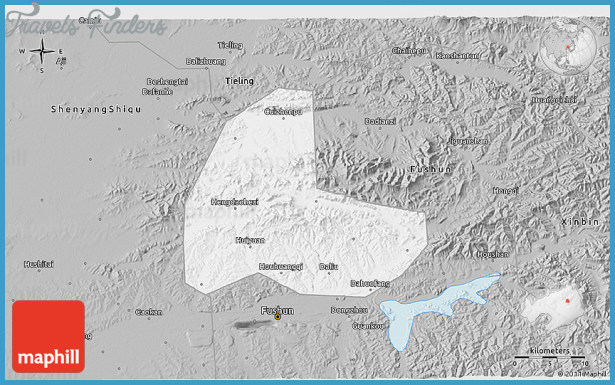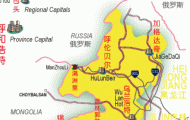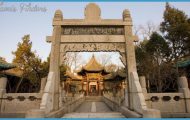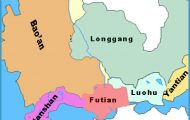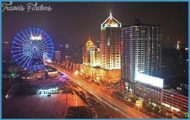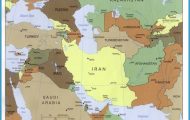In the industrial sector food, steel and chemicals are of importance. Major minerals include coal, iron-ore, copper and wolfram.
In addition to the capital Fuzhou, Xiamen and Quanzhou (see entries) possess places of interest to tourists.
Province: Liaoning. Area: 200sq.km/77sq. miles Population: 1,190,000 (conurbation 2,060,000)
Fushun lies on the Hunhe river in the east of Liaoning province, about 50km/30 miles from Shenyang, at 123°51’E and 41°50’N. There are bus and train services to Fushun from Shenyang.
Fushun is about 4000 years old; however, it was not given its present name until 1384. Before the Manchurians conquered the whole of China they chose the town as their seat of government and changed its name to Xinjing (“New Capital”).
In the early 20th c. a start was made in mining the region’s rich coal deposits, and this soon grew apace.
From the 1950s onwards other important branches of industry developed, such as oil-refining and iron-smelting, electronics and engineering.
The Gao’ershan Pagoda, built underthe Liao dynasty (916-1125), stands in the north ofthe town behindthe Pavilion ofthe Goddess of Mercy (Guanyin Ge). Its details, such as the octagonal substructure, reflect the style typical of its period.
Surroundings
Dahoufang Reservoir, situated in some beautiful countryside 15km/9 miles Dahoufang from Fushun, was built between 1954 and 1958 and measures Reservoir 110sq.km/42Y2sq. miles in area. Adjoining the reservoir is the Yuanshualin Tomb, originally built in 1929 as Yuanshualin the last resting-place of the commander-in-chief Zhang Zuolin. Tomb
When the Japanese invaded in 1931 work on the building had to be interrupted. The many stone carvings and sculptures from the Ming and Qing periods (14th 20th c.) are of interest; many of them come from the Temple of Long’en Si in Beijing.
This 70m/230ft high mountain to the south-east of the reservoir was the Mount scene of a battle in which the Qing were victorious over the Ming. To Sa’erhushan commemorate the event Emperor Hongli erected an inscribed stone stele here in 1776.
Built in 1598, this mausoleum 100km/62 miles east of Fushun is one ofthe Yongling three Qing Imperial Tombs (1644-1911) in the north-east of China; the Mausoleum other two are to be found near Shenyang, the capital of Liaoning province.
Covering an area of 11,880sq.m/3 acres, this burial site is the last resting place of the father, grandfather and great-grandfather of the first Qing emperor.
The complex is divided into three parts – the entrance courtyard (qianyuan) with four memorial stelae, the rectangular fortress with the Temple of Good Fortune (qiyundian) and the citadel (baocheng) containing the four graves.
To Dahuofang Res.

